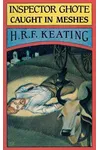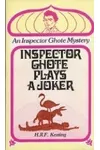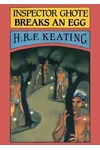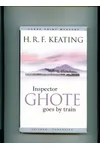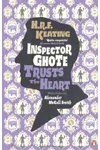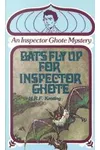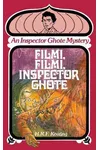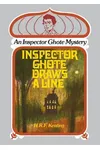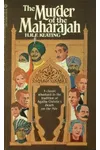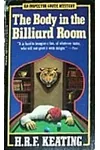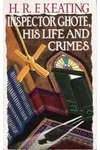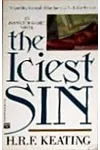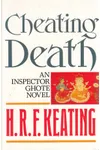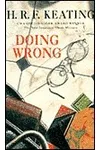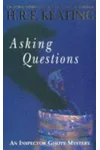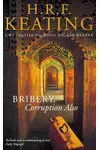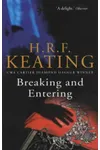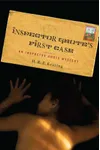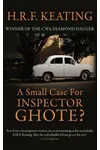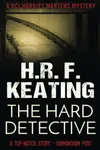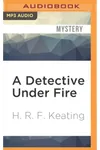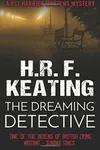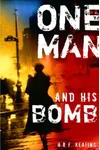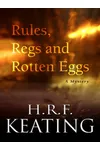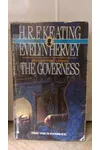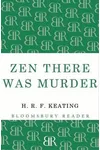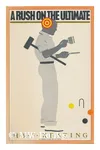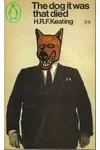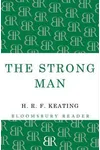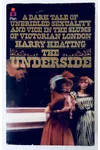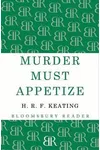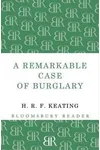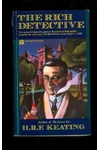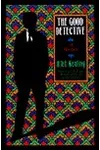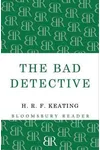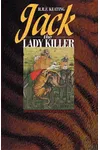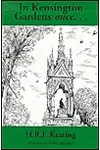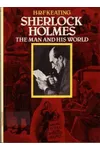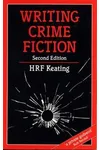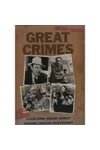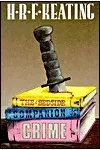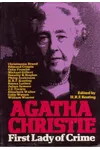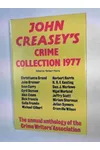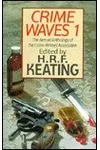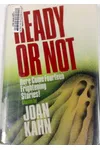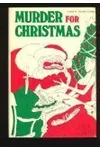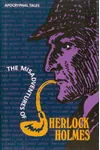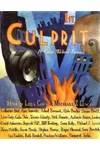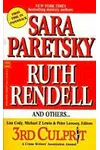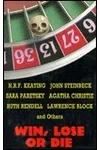Picture an English storyteller who spun tales of Bombay’s bustling streets, bringing the endearing Inspector Ghote to life—meet H.R.F. Keating! Born in 1926, this crime fiction maestro crafted mysteries that blended wit, humanity, and a touch of the exotic. With a career spanning over 50 years, Keating’s novels and insightful critiques made him a beloved figure in the mystery world.
From his iconic Inspector Ghote series to his leadership in literary circles, Keating’s legacy is a treasure trove of clever plots and cultural charm. Let’s dive into the life and works of this master of mischief and mystery!
The Making of H.R.F. Keating
Henry Reymond Fitzwalter Keating, affectionately known as Harry, was born on October 31, 1926, in St. Leonards-on-Sea, Sussex. A precocious talent, he typed his first story at age eight, hinting at the literary path ahead. Educated at Merchant Taylor’s School and Trinity College Dublin, Keating’s early career took him to journalism, working for The Daily Telegraph and later reviewing crime fiction for The Times for 15 years. This immersion in the genre sharpened his storytelling instincts, setting the stage for his debut novel, Death and the Visiting Firemen, in 1959.
H.R.F. Keating’s Unforgettable Stories
Keating’s breakout came with The Perfect Murder (1964), introducing Inspector Ganesh Ghote, a timid yet tenacious Bombay police officer. This novel, written without Keating ever visiting India, won the Crime Writers’ Association Gold Dagger and earned an Edgar nomination. Ghote, with his blend of humility and dogged determination, starred in 26 novels, including Inspector Ghote’s Good Crusade (1966), where he tackles a poisoning case with moral complexity, and The Murder of the Maharajah (1980), a historical mystery that clinched another Gold Dagger.
Keating’s style was distinctive—philosophical yet accessible, with a knack for weaving cultural nuances into tightly plotted mysteries. His later series featuring Detective Chief Inspector Harriet Martens, starting with The Hard Detective (2000), explored a tough female cop navigating a male-dominated world. Beyond fiction, Keating penned non-fiction like Writing Crime Fiction (1986), offering timeless advice to aspiring authors.
His narratives often delved into human frailties, from Ghote’s bureaucratic battles to Martens’ personal struggles, making his characters relatable and his stories timeless. Keating’s ability to craft vivid settings, like Bombay’s vibrant chaos or a dystopian London in A Long Walk to Wimbledon (1978), showcased his versatility.
Why H.R.F. Keating Matters
Keating’s impact on crime fiction is profound. His Inspector Ghote series brought Indian culture to global readers, blending authenticity with universal themes of justice and perseverance. As president of the Detection Club (1985–2000) and a fellow of the Royal Society of Literature, he mentored countless writers. The 1996 CWA Cartier Diamond Dagger recognized his lifetime contributions, cementing his status as a genre titan.
His work remains a bridge between cultures and a testament to the power of thoughtful storytelling. Keating’s novels continue to inspire readers and writers, proving that a good mystery can transcend time and place.
- Born: October 31, 1926, St. Leonards-on-Sea, Sussex
- Key Works: The Perfect Murder, The Murder of the Maharajah, The Hard Detective
- Awards: Two CWA Gold Daggers, CWA Cartier Diamond Dagger (1996)
- Died: March 27, 2011, London
Snag The Perfect Murder and dive into H.R.F. Keating’s captivating world of crime and culture!


